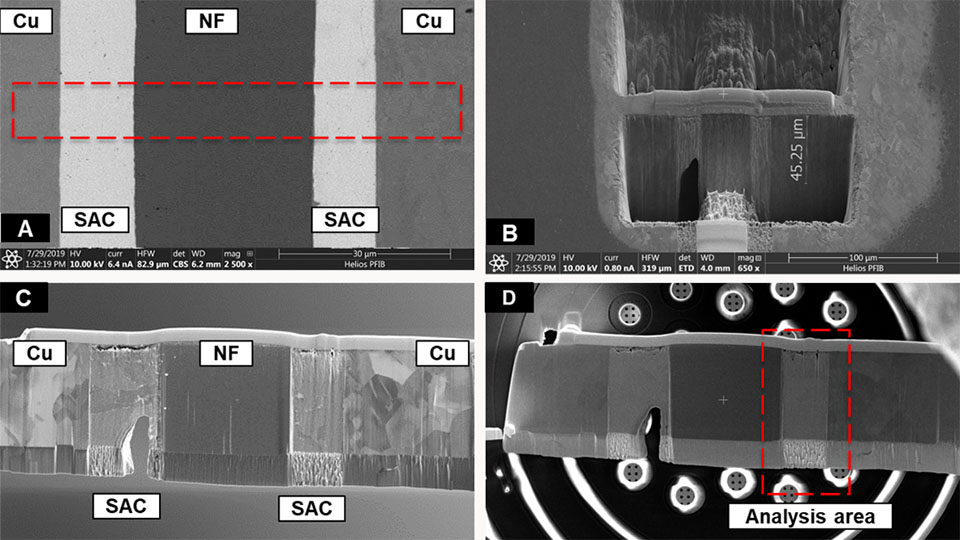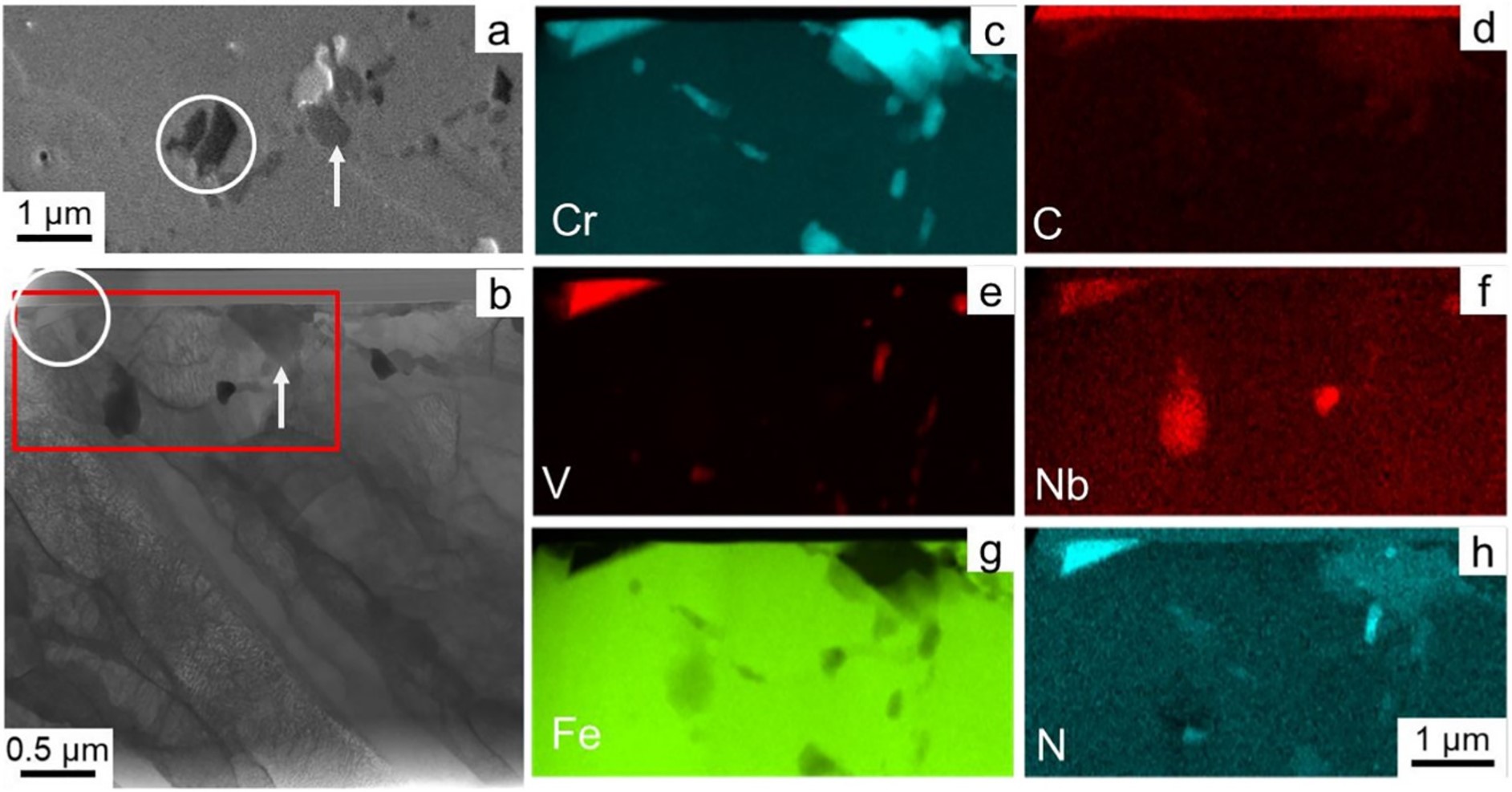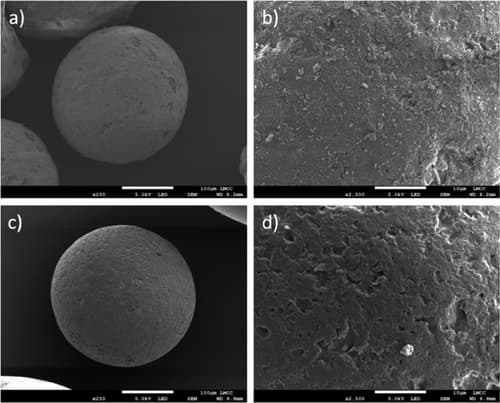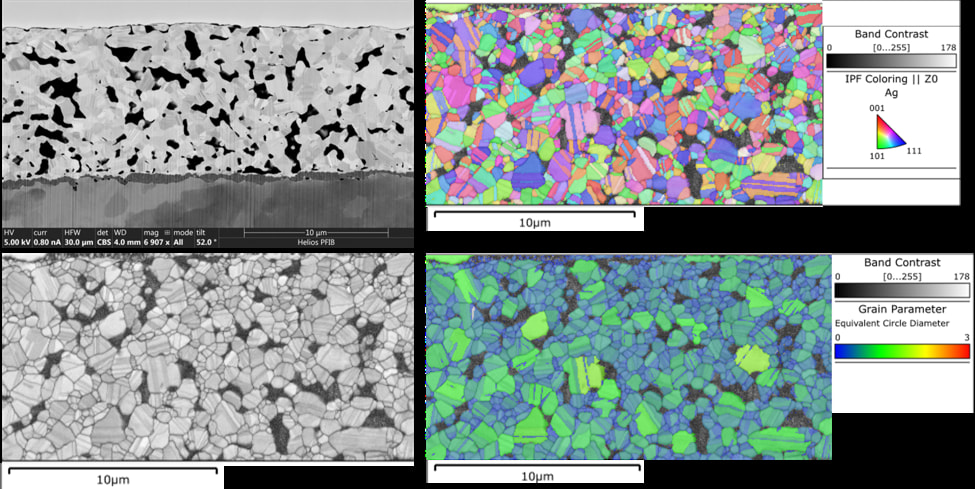Scanning electron microscopy (SEM)
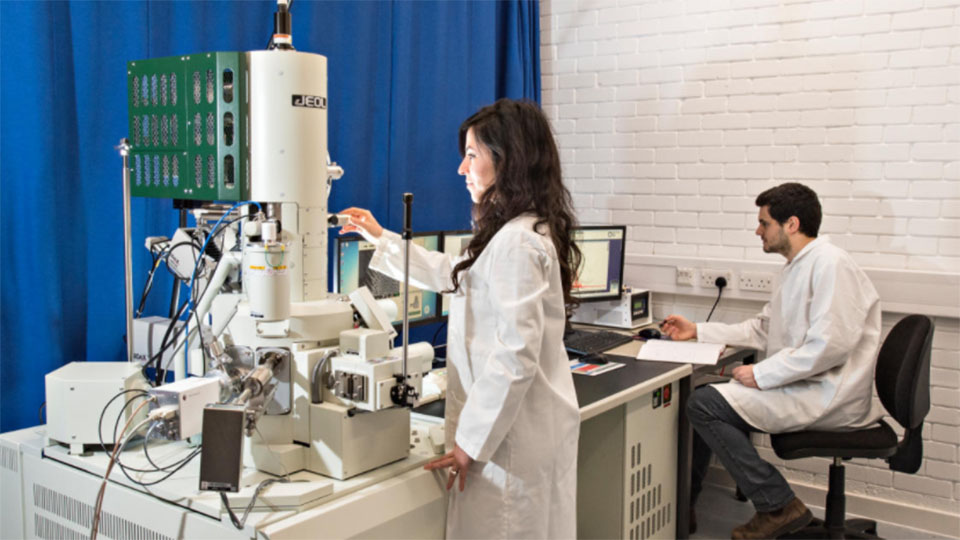
LMCC has four FEGSEM instruments spanning a variety of capabilities and specifications. These are very much the workhorse instruments within the centre and capacity has been increased to meet user demands.
Scanning Electron Microscopy (SEM) is a microscopy technique in which a beam of electrons are directed at a specimen of interest. The electron beam interacts with the specimen, generating a number of secondary emissions. An SEM provides the ability for high resolution with a long depth of field images to be acquired. All of our FEGSEMs have auxiliary Energy Dispersive Spectroscopy (EDS) detectors and Electron BackScatter Diffraction (EBSD) cameras.
A FEGSEM is an indispensable analytical tool for research and solving industrial problems where optical microscopes will not provide the required resolution. LMCC has recently invested in two new FEGSEMs to increase the capacity within the centre; this is inaddition to the combined PFIB and FIB/FEGSEM (Dualbeam) systems which are also located within the centre.
Typical industrial uses
- Surface structure
- Paint defects
- Corrosion products
- Powder analysis
- Particle size analysis
- Thickness measurements of depositied layers
- Failure analysis
Key Capabilities
- Topographical Imaging - Secondary Electron Imaging
- Secondary phases/precipitatee Imaging - Backscattered Imaging (BSE)
- Chemical Mapping - Energy Dispersive Spectroscopy (EDS)
- Crystallographic orientation - Electron Backscattered Diffraction (EBSD)
LMCC currently has five FEGSEM instruments, details of which can be obtained below:
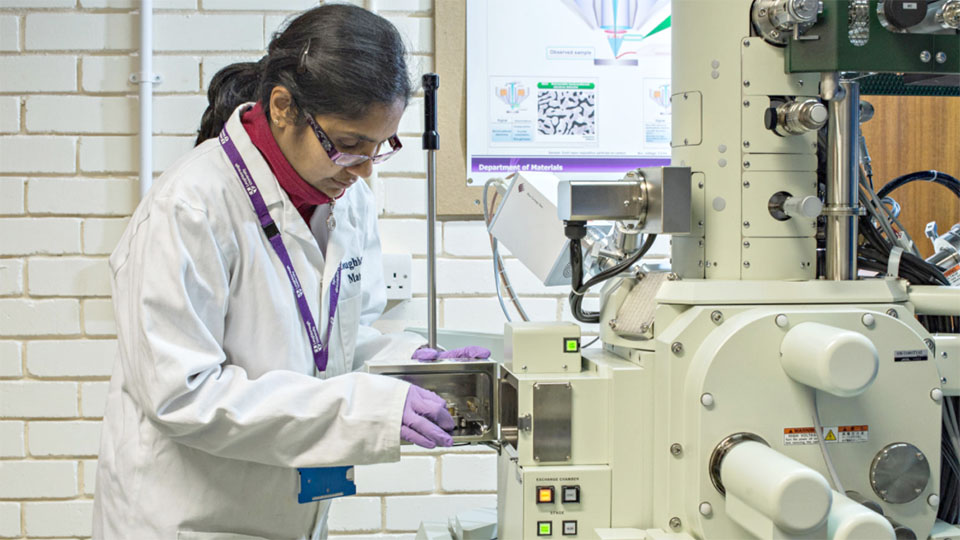
JEOL JSM 7800F FEGSEM
Built-in detectors:
- Lower Electron Detector (LED)
- Upper Electron Detector (UED)
- Upper Secondary Detector (USD)
- Large Depth Focus (LDF)
- Retractable Electron Backscatter Detector (RBEI)
Analytical detectors:
- Energy Dispersive Spectroscopy (EDS) - Oxford Instruments X-Max 80
- Electron Backscatter Diffraction (EBSD) - Oxford Instruments Nordlys CCD detector
JEOL JSM 7100F FEGSEM
Built-in detectors:
- Lower Electron Detector (LED)
- Large Depth Focus (LFD)
- Retractable Electron Backscatter Detector (RBEI)
Analytical detectors:
- Energy Dispersive Spectroscopy (EDS) - Oxford Instruments X-Max 80
- Electron Backscatter Diffraction (EBSD) - Oxford Instruments Nordlys CCD detector
CIQTEK SEM3200 Tungsten Filament
Built-in detectors:
- Everhart Thornley Detector (ETD)
- Backscatter Detector (BED)
Hitachi TM3030 Plus Benchtop FEGSEM
Built-in detectors:
- Electron Backscatter Detector (BSD)
Analytical detectors:
- Energy Dispersive Spectroscopy (EDS) - Oxford Instruments Swift ED3000
Variable Pressure Capability
Case Studies
Are you interested in using this technique?
If you are interested in using this technique and would like further information please do not hesitate to get in touch.
